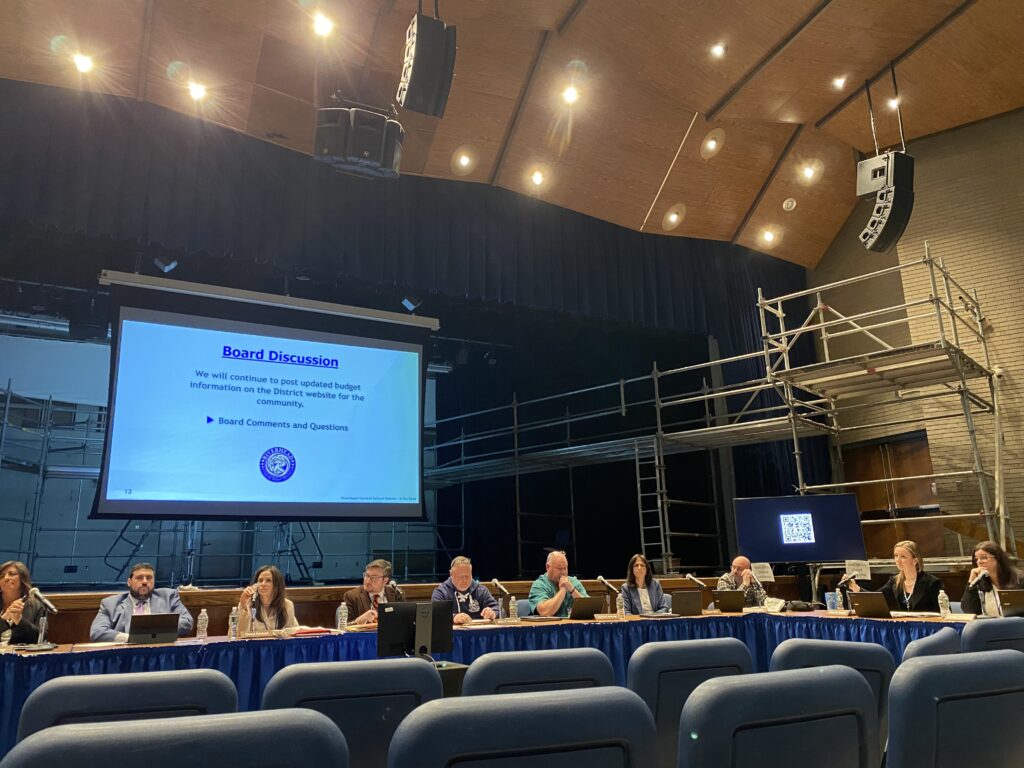A state bill to save the seahorses

They’re not on any menu. You can’t order them baked, fried, broiled, steamed, sautéed or even wrapped in rice and served raw.
So why have both houses of the state Legislature approved bills banning the commercial harvest of seahorses?
To save them from extinction, said state Senator Kenneth LaValle, sponsor of the bill amending state conservation law to give seahorses protection never before afforded.
“The survival of seahorses in the wild is threatened by loss of habitat, pollution and overfishing,” the senator said. “Seahorses are harvested for medicinal purposes, as souvenirs and for the aquarium trade, often at unsustainable levels that could lead to extinction.”
Although people don’t dip them in butter or tartar sauce, seahorses are a part of the marine food chain and are consumed by crabs and some finfish.
The Assembly previously approved its version of the ban, which awaits action by Gov. Andrew Cuomo. One unanswered question is how the state Department of Environmental Conservation would enforce the law.
Long Island is home to a single seahorse species, the lined seahorse (Hippocampus erectus), named for its distinctive markings. They’re bred in captivity at Atlantis Marine World aquarium in Riverhead and, to a lesser extent, at the Suffolk County Marine Environmental Learning Center at Cedar Beach in Southold.
Atlantis biologist Todd Gardner, who completed his master’s thesis at Hofstra on seahorse reproduction, actively lobbied for the state bills’ passage.
“There’s a proven demand for them,” he said. “We shouldn’t just do nothing. It shouldn’t be a free-for-all while we’re trying to protect other species.”
Seahorses inhabit shallow waters and are frequently found in South Shore bays. Their fate has been intertwined with the health of the East End’s eelgrass beds. The small fish with horse-shaped heads rely on color-changing camouflage to avoid predators and find safety in the shelter of aquatic vegetation. But eelgrass, which serves as a nursery for other species, including the bay scallop, has been all but destroyed by the “wasting disease” blight of the 1930s, along with pollution from shoreline development and the brown tide. By one estimate, only 10 percent of the eelgrass that grew in the bays in the 1930s grows today.
Cornell Cooperative Extension researchers involved in an ongoing eelgrass restoration project had not seen seahorses in the Peconics until 2008. They were spotted during a dive on an eelgrass bed off Ram Island on Shelter Island.
Since there’s never been an effort to count them, researchers can’t say how the current population compares to the past.
Seahorses are routinely collected from South Shore bays for aquariums and are also prized in the traditional Chinese medicine market. While the new law permits the taking of a small number for personal use, it would ban the use of large seine nets. While seahorses are the target, those nets catch other forms of marine life that can perish as an unused “bycatch.”
“I’ve gone into fish stores and seen whole tankfuls of seahorses I know were collected locally selling for $50 to $60 each, so I know there is a market,” Mr. Gardner said. “There’s a worldwide trade of over 30 million seahorses a year, and that’s just a rough estimate. Because you don’t see them in a seafood store, people don’t realize what’s going on.”
Atlantis Marine World has maintained a seahorse exhibit since it opened in 2000. There are currently 50 to 100 seahorses on display there, and another 100 held in reserve.
The Cedar Beach tank holds just six seahorses, four females and two males. But Kim Peterson Manzo, a seagrass expert and part of extension’s eelgrass restoration project, hopes one day to have many more in the tank to release and help restock the seahorse population.
“Fortunately, we’re getting better at breeding them in captivity,” she said. She’s reached out to Mr. Gardner for his advice and expertise.
She’s also pleased with the Legislature’s action. “Taking seahorses commercially would only hurt the situation,” she said. “The ban is a good thing.”
One of the Southold seahorses is a pregnant male. When seahorses mate, the female deposits eggs in a kangaroo-like pouch on the male’s front. The male holds on to the fertilized eggs for the full gestation, usually 2 to 4 weeks. As they begin to hatch, the male pushes them out.
Seahorses are said to be monogamous and are believed to return to the same area each spring.
“We want to find out if that’s really true,” Ms. Manzo said.








